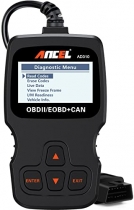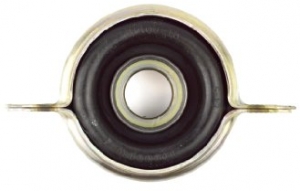-
Welcome to Tacoma World!
You are currently viewing as a guest! To get full-access, you need to register for a FREE account.
As a registered member, you’ll be able to:- Participate in all Tacoma discussion topics
- Communicate privately with other Tacoma owners from around the world
- Post your own photos in our Members Gallery
- Access all special features of the site
Step-by-Step Replacing Rear Axle Seal & Bearing w/ABS (1st gen Tacoma or 3rd gen 4Runner)
Discussion in 'Technical Chat' started by turbodb, Sep 9, 2019.


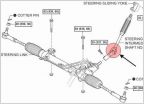 2nd gen lower steering shaft rebuild DIY :)
2nd gen lower steering shaft rebuild DIY :)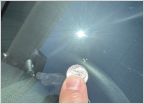 Is it worth it to fill this chip in windshield?
Is it worth it to fill this chip in windshield?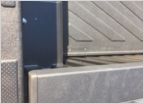 2017 Tacoma bed rail gap leaking camper shell
2017 Tacoma bed rail gap leaking camper shell Coolant--engine block drain plug
Coolant--engine block drain plug Dual Battery Wiring Question
Dual Battery Wiring Question












